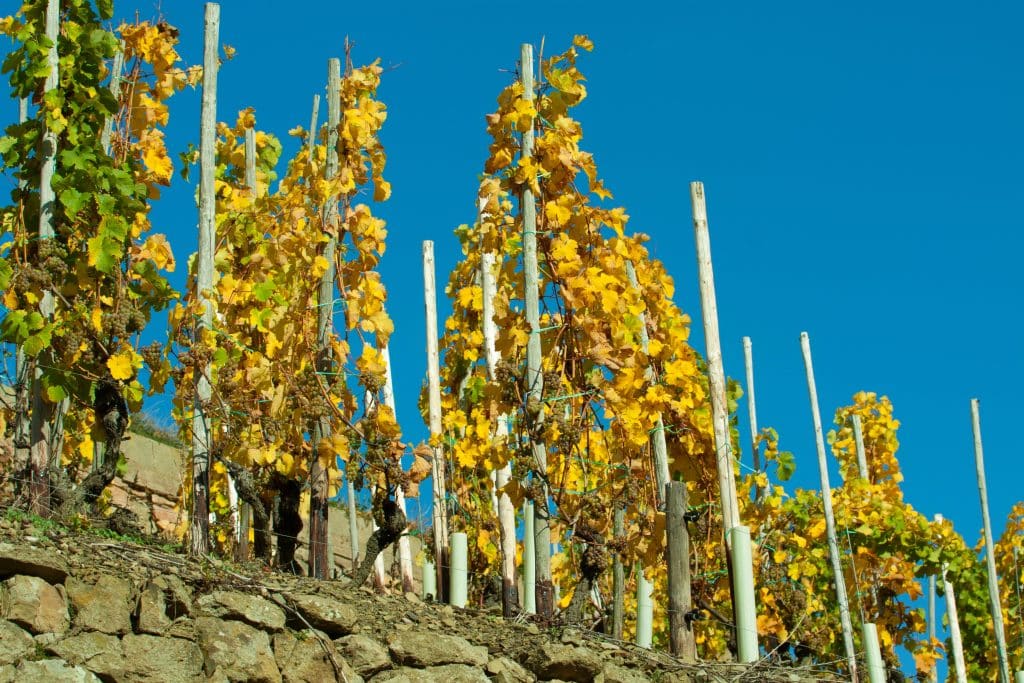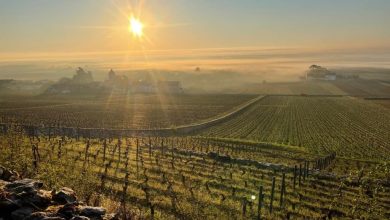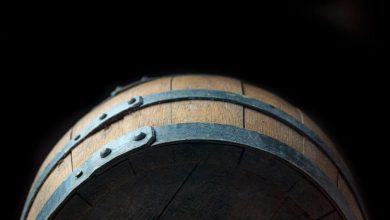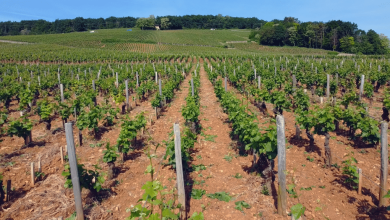How do you know your German Riesling is dry? Two Letters GG
Germany presents a challenge to many wine consumers and experts alike. In contrast to other countries, which classify their wines based on terroir or geographical quality, Germany adds an extra layer of complexity by categorising its wines according to their potential alcohol content and geography but more relaxedly. We explain this in detail in our article here:
As time passed, Germany’s historical-geographical regulation was challenged, prompting demands for a quality hierarchy for vineyard sites. In response, several organisations and associations have formed to establish their classifications for vineyards and wines, enforcing more stringent regulations for wine production. The Verband Deutscher Prädikatsweingüter (Vdp) is the most influential of these groups.
A brief history of the VDP:
The VDP was founded in 1910 and initially included Rheingau, Rheinhessen, Pfalz, and Mosel producers. Their goal was to promote Naturweine, which were wines made without adding sugar to increase alcohol, a common practice at the time. However, German wine law rejected the concept of Naturwein in the late 1960s. In 1971, Prädikatswein was introduced, leading the VDP to rename itself and set higher standards for its members.
Today, the VDP includes around 200 members across Germany’s leading wine-producing regions, each identified by the VDP logo (an eagle bearing a bunch of grapes) on its wine capsules.

VDP’s Influence:
VDP members own about 5% of Germany’s vineyard area, producing around 3% of annual volume and 7.5% by value. Riesling is the most planted variety among VDP members, accounting for over half of their vineyards. Nearly a quarter of their production is exported.
Stricter Regulations:
The Verband Deutscher Prädikats- und Qualitätsweingüter (VDP) enforces more stringent regulations than those outlined in the German wine laws. These regulations encompass various aspects of winemaking, including lower maximum yields, higher minimum must weights, and the requirement to cultivate traditional grape varieties. VDP members are subjected to comprehensive audits every five years, and failure to comply with the standards may result in exclusion from the association. Furthermore, the VDP strongly emphasises sustainable viticulture practices, and it is noteworthy that over one-fifth of Germany’s certified organic wine producers are affiliated with the VDP.
Production Focus:
The VDP primarily produces dry wines, both white and red. However, wines with residual sugar are also significant in the Mosel region. Despite having a higher minimum weight, these dry wines must be labelled “Qualitätswein trocken.” The Prädikat levels are reserved explicitly for wines with residual sweetness.
Emphasis on Provenance:
A fundamental principle of the VDP is emphasising the provenance of wines. In 2012, the VDP established a four-tier vineyard classification system, which applies only to VDP members and is not part of German wine laws. The VDP is lobbying to have its labelling terms protected under German wine law.
In areas with marginal climates for viticulture, selecting the right site is of utmost importance to produce exceptional wines with the potential to age for several decades. This involves carefully considering factors such as soil quality, slope, exposure to sunlight, elevation, and microclimate, which can significantly influence the quality and ageing potential of the wines produced.
Stricter Regulations:
The Verband Deutscher Prädikats- und Qualitätsweingüter (VDP) enforces more stringent regulations than those outlined in the German wine laws. These regulations encompass various aspects of winemaking, including lower maximum yields, higher minimum must weights, and the requirement to cultivate traditional grape varieties. VDP members are subjected to comprehensive audits every five years, and failure to comply with the standards may result in exclusion from the association. Furthermore, the VDP strongly emphasises sustainable viticulture practices, and it is noteworthy that over one-fifth of Germany’s certified organic wine producers are affiliated with the VDP.



VDP For-Tier Classifications:
– VDP Gutswein: Regional wines from a member’s regional holdings, similar to generic or regional wines in Burgundy. Maximum yield: 75hL/ha.
– VDP Ortswein: Equivalent to Burgundy’s village wines, made from region-typical grape varieties. Maximum yield: 75hL/ha.
– VDP Erste Lage: First-class vineyards with distinctive characteristics, equivalent to Burgundy’s premier cru. More stringent regulations apply, with a maximum yield of 60hL/ha.
– VDP Grosse Lage: Equivalent to Burgundy’s Grand Cru, representing the best parcels in the best vineyards. Maximum yield: 50hL/ha, with specific permitted grape varieties based on the sites.
Dry wines from the prestigious Grosse Lage vineyards are classified as Grosses Gewächs and distinguished with the VDP ‘GG’ trademark. The wine label exclusively showcases the vineyard name, assuring consumers that these wines originate from the finest vineyard sites and are always characterised by their bone-dry nature.

This comprehensive summary provides an in-depth exploration of the VDP’s long and storied history, its profound influence on the German wine industry, the strict regulations it upholds to ensure quality, and its steadfast commitment to producing exceptional wines in Germany.
To us and to Consumers alike, GG is a sign of high-quality production standards and fine wines. Most importantly, when we see GG on a bottle, we know the wines will be dry!
We are proud to work with Weingut Donnhoff and other exceptional producers from Germany to ensure the best of what Germany has to offer
Do you love white wines from Germany and Beyond? Discover more amazing options here:
Discover the world’s finest wines with Crurated’s exclusive membership. Access rare allocations, secure storage, and personalized wine concierge services. Join today the elite club of discerning wine enthusiasts.




